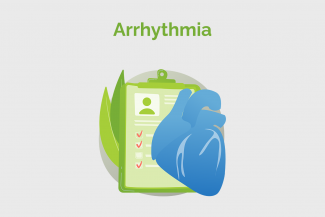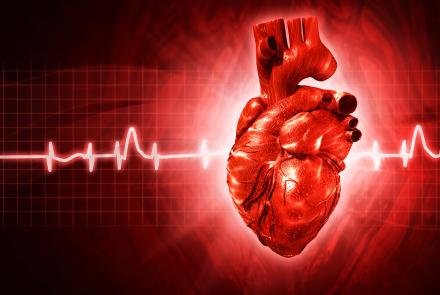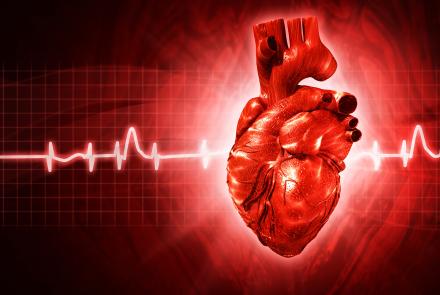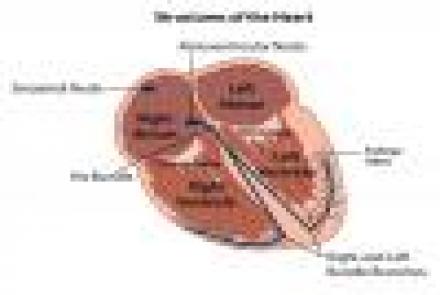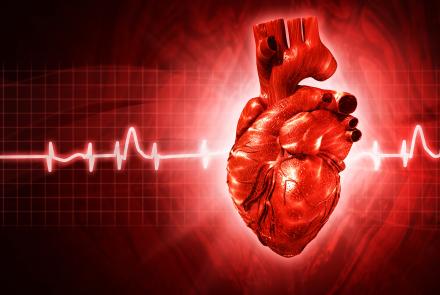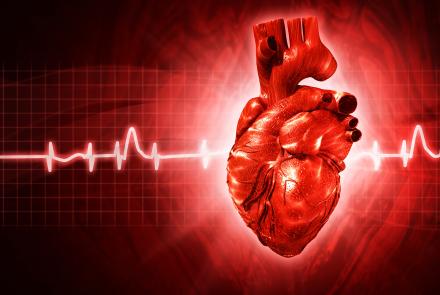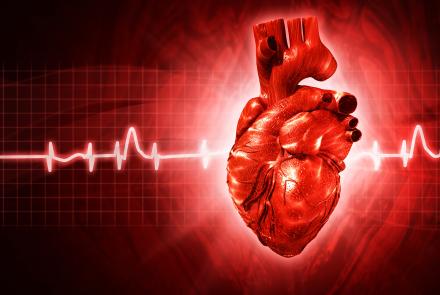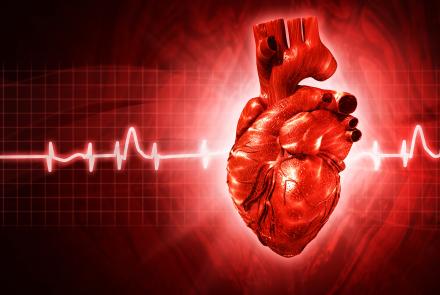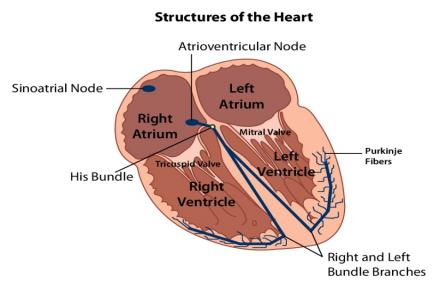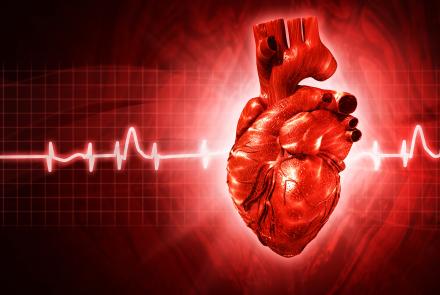Arrhythmias are disorders of the heart’s electrical system, which means there is a change in the regular beat. Arrhythmia should not be dismissed, and it is always advisable to get it checked out. Most palpitations are harmless, but they must be investigated.
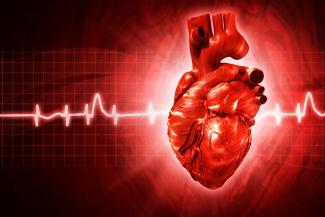
How is arrhythmia treated?
1. Medicines:
These include drugs that help control your heart rhythm and slow down your heart rate, such as beta-blockers, or antiarrhythmics (amiodarone and flecainide)
2. Surgical procedures:
- Cardioversion - A controlled electric shock is applied to the chest from a machine called a defibrillator in order to restore the heart’s rhythm. This may be carried out if you have atrial fibrillation. Cardioversion is usually done under general anaesthesia, but it can sometimes be done using a sedative to relieve anxiety.
- Pacemaker - This is suggested in patients who have heart block or sinus node disease. A pacemaker is a small device, usually implanted under the skin in the upper chest. It sends electrical signals to the heart to regulate its beating. It is usually fitted under local anaesthesia.
- Catheter ablation therapy - Used for atrial fibrillation, supraventricular tachycardia or ventricular tachycardia. In this procedure, a catheter is inserted into the heart, via a large vein in the groin. Any area creating abnormal rhythm is destroyed via a heat or freezing method. The procedure is usually done under local anaesthesia.
- Implantable cardioverter defibrillator (ICD) - This is similar to a pacemaker and is fitted in patients with a ventricular arrhythmia. This can monitor heart rhythm and deliver a small electric shock to correct the heartbeat if it detects a problem. ICDs are usually fitted under local anaesthetic in the same way as a pacemaker.
- Ablation of the AV node - In patients with atrial fibrillation, catheter ablation is used to destroy the AV node. Typically a pacemaker is fitted before the procedure is carried out.
Who is an electrophysiologist?
An electrophysiologist is a cardiologist who has had special training in managing arrhythmias.
Changed
05/Jul/2017
Community
Condition

